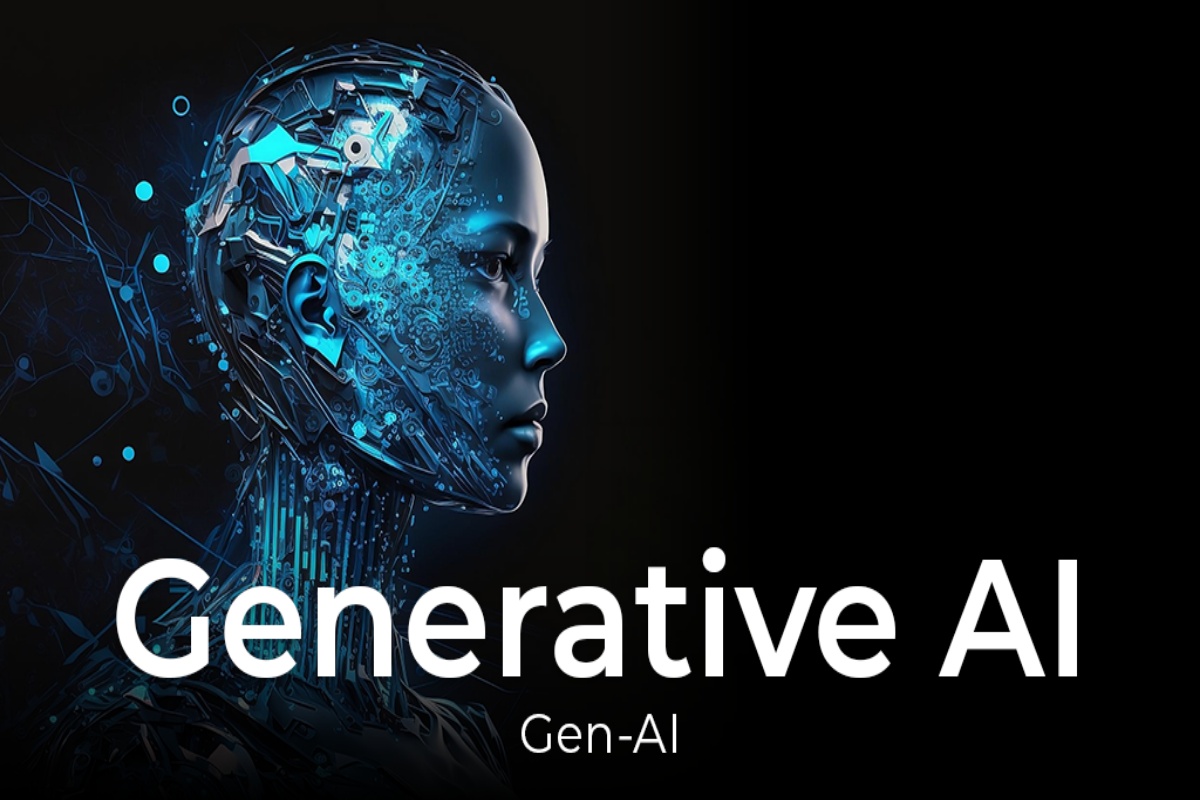Generative AI has transformed the landscape of artificial intelligence by enabling machines to create content that was once thought to be uniquely human. From generating stunning images and composing music to writing coherent texts and designing complex 3D models, the possibilities with generative AI are expanding rapidly. As this field evolves, advanced tools have emerged that push the boundaries of creativity, efficiency, and intelligence.
In this blog, we dive deep into the most cutting-edge tools in generative AI, exploring how they work, their unique features, and their impact across industries.
What is Generative AI?
Generative AI refers to algorithms that can generate new data based on the patterns learned from existing data. Unlike traditional AI models that only classify or analyze, generative models create—be it images, text, audio, or even video. These models learn the underlying structure of training data and then produce original outputs that resemble the input but are new and unique.
The core techniques powering generative AI include Generative Adversarial Networks (GANs), Variational Autoencoders (VAEs), and Transformer models. Let’s explore the advanced tools leveraging these technologies.
1. GPT-4 and Beyond: The Text Generation Titans
One of the most popular and influential tools in generative AI is OpenAI’s GPT (Generative Pre-trained Transformer) series, with GPT-4 being the latest at the time of writing.
How GPT-4 Works:
GPT-4 is a large-scale transformer model trained on diverse datasets to understand and generate human-like text. It can write essays, answer questions, summarize content, generate code, and even engage in creative storytelling. The model understands context at a deep level, making its outputs coherent and contextually relevant.
Advanced Features:
- Multimodal Capabilities: Some advanced GPT models can process and generate text based on images or other input types.
- Fine-Tuning & Customization: Users can fine-tune the model on specific domains to generate highly specialized content.
- Conversational AI: Enhanced dialogue management for more natural interactions.
2. DALL·E and Stable Diffusion: Generating Visual Masterpieces
Visual generative AI tools have revolutionized design and art creation. Two of the most impactful tools are DALL·E by OpenAI and Stable Diffusion.
DALL·E:
DALL·E generates images from textual descriptions using a transformer-based model. You describe an image in words, and DALL·E creates it from scratch with remarkable creativity and accuracy.
Stable Diffusion:
Stable Diffusion is an open-source model known for producing high-quality images efficiently. It’s widely used due to its flexibility, allowing users to generate artwork, modify images, and create detailed visual content with fewer computational resources.
Applications:
- Digital art creation
- Marketing visuals and advertising
- Game asset generation
- Architectural design concepts
3. Music and Audio Generation Tools
Generative AI isn’t just about text and images—it also excels in producing music and audio.
Tools like OpenAI’s Jukebox and Google’s AudioLM
- Jukebox can create music tracks in various genres with vocals.
- AudioLM generates coherent and natural-sounding speech and music without text input.
Use Cases:
- Composing original music for films and games
- Creating personalized audio content
- Enhancing virtual assistants with realistic voices
4. 3D Model Generation and Design Automation
Emerging tools in generative AI are now capable of creating 3D models and designs for manufacturing, gaming, and virtual reality.
Tools such as NVIDIA’s GANverse3D and DreamFusion
- Transform 2D images into 3D models
- Automate complex design workflows
- Enable rapid prototyping in industries like automotive and fashion
5. AI-Powered Code Generation: Revolutionizing Software Development
AI tools that generate code have gained immense popularity among developers.
Examples:
- GitHub Copilot: Powered by OpenAI Codex, it assists programmers by suggesting code snippets and functions in real-time.
- Tabnine: Uses deep learning to autocomplete code across multiple programming languages.
These tools increase productivity by reducing repetitive coding and helping developers focus on complex problems.
6. Ethical Considerations and Challenges
While generative AI tools unlock incredible potential, they also bring ethical challenges such as:
- Deepfakes: Realistic fake images and videos can be misused.
- Bias: Generated content may reflect biases present in training data.
- Intellectual Property: Questions around ownership of AI-generated content.
Developers and users must adopt responsible AI practices to mitigate risks.
Conclusion: The Future is Generative
Advanced generative AI tools are not just transforming creative industries but also reshaping how we approach problem-solving, innovation, and expression. As these technologies continue to mature, we can expect even more sophisticated models that collaborate seamlessly with humans to push the boundaries of what is possible.
Whether you’re an artist, developer, marketer, or entrepreneur, understanding and leveraging these advanced generative AI tools can unlock new horizons and drive success in the digital age.

